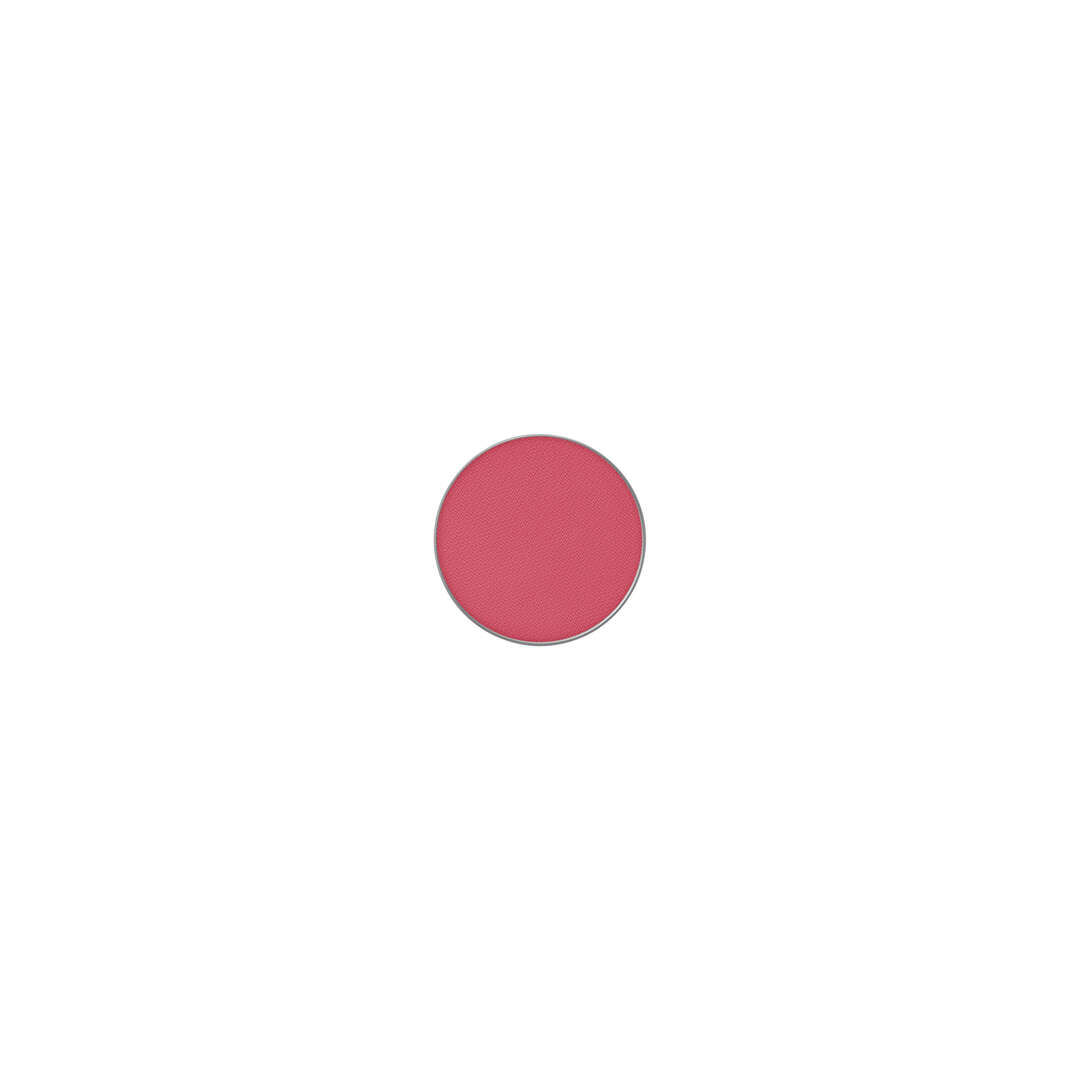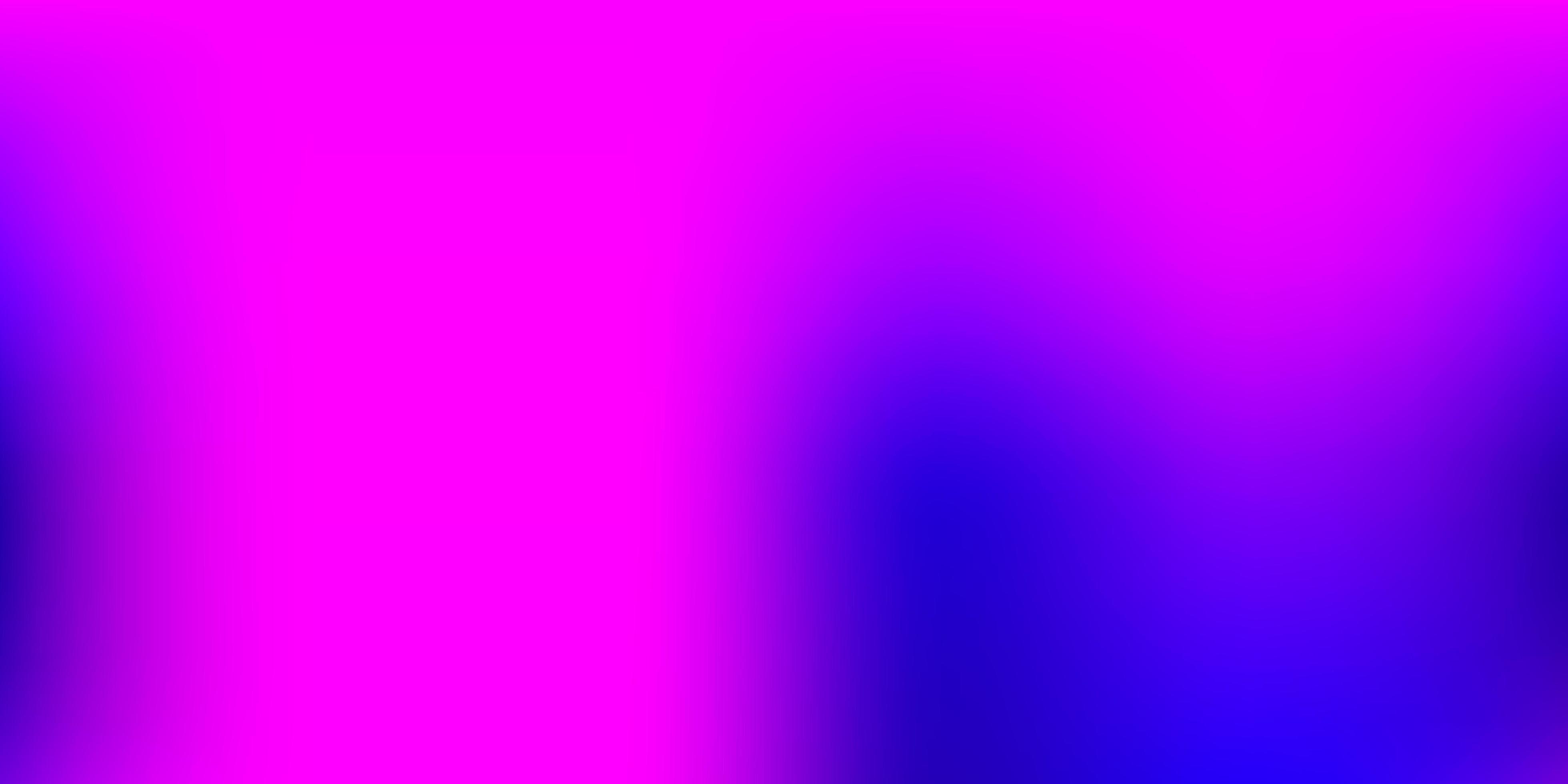

You can use the form shadows on your object to give you clues as to how a realistic cast shadow will appear.īefore you begin to draw or create your shadow in Photoshop, it’s important to understand how shadows work. Form shadows are shadows that appear within the object itself.īoth types of shadows are determined by the direction, distance and number of light sources. Cast shadows are shadows around an object that appear on the floor or on other objects around the object. What is a cast shadow?, you might be wondering. Objects have two types of shadows: cast shadows and form shadows.
Soft shadow pro lens blur how to#
Tutorial: How to create a realistic shadow in Photoshop.How do you create a shadow in Photoshop?.The process takes time, skill and an understanding of how shadows work. The possibilities are endless with filters, so hopefully this provided you with enough tips to unlock your creativity with filters.With patience and finesse, you can add natural-looking shadows to your product photos in Photoshop. We went over some basic filters and we combined some to create a neat design. Then, just place those objects behind the window. So select the objects and click Filters > Blurs > Noisy Blur. Now what we're going to do is use a group of objects for the subject to place behind our little window square. The standard parameters for this should be fine. With that square selected, click Filters > Overlays > Frost. The stroke doesn't matter too much, but a thick silver stroke will do just fine. First, let's draw a square with a blue fill with an Alpha value of about 45. This is a really neat effect that combines a couple different Filters. I cranked my horizontal parameter up to 13 - I want this thing really cruising! Step 4Īfter we get our blur parameters set along with a little rotation, this apple finally looks like it's obeying the laws of gravity. In this case, you'll see that only the top bar has a value (horizontal) because the bottom bar is the vertical parameter for the motion blur. Now that we're a little more familiar with this, we can easily select our filter, Gaussian Blur effect, Effect parameters, and adjust our options.

There's a good chance we'll want to adjust the intensity of this blur, so let's get that Filter Editor opened up if you don't have it up still. So let's select our object and head up to Filters > Blurs > Motion blur, horizontal. It doesn't look like it's flying towards the pile like it's supposed to, does it? Well, let's use motion blurs to convey that motion. Look at the apple just floating in the air below. Here's the final feather filter with the adjusted blur options. Finally, you can go ahead and adjust these options to your liking (I only turned it down a bit). On the bottom, you'll see the Effect parameters tab that holds the options for that Gaussian blur. In this case, we want to turn the overall blur of the feathering down, so select the Gaussian Blur effect.

This will bring up all of the individual variables that make up that particular filter. So to edit the filter we've just applied (the feather) just select it under the Filter menu. Go to Filters > Filter Editor to bring up this super overwhelming box of options. Perhaps this feathering looks a little too strong, so let's go over how to edit filters. A regular blur would blur all of the inside details as well. That should give your objects a neat lighting effect by blurring only the edges of your shapes. With the grouped objects selected, head up to Filters > ABCs > Feather. Now, this is the scene without any feathering and as you can see, it could use a little more something. A simple and fast trick is to just hit Apply again.Ī neat example of feathering is something like this silhouette below. Something I've come across a few times is that even at 100% opacity, the shadow is just not dark enough. Make sure to check Live preview so you can see the changes in real time (and don't forget to hit Apply when you're done). You notice the options: Blur radius, Opacity, and Offsets. Head up to Filters > Shadows and Glows > Drop Shadow to bring up the Drop Shadow box. One of the most simple and useful filters are Drop Shadows. Let's learn about a few useful filters, the filter editor, and check out some cool design ideas.ġ. As soon as you open the filters menu in Inkscape, you'll notice that there's a ton of them! When filters are introduced, they present a lot of quick and easy ways to make advanced drawings.


 0 kommentar(er)
0 kommentar(er)
